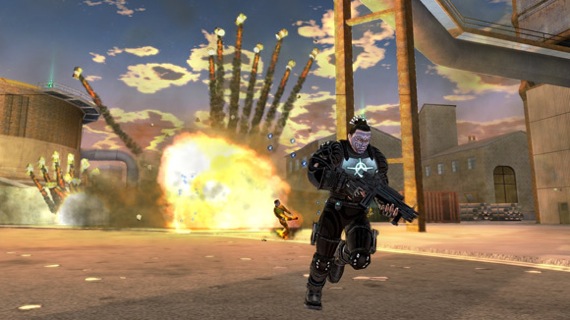Some days ago I read this great article on Gamasutra created by my friend Damian Kastbauer, and I just realized that I didn’t talk about it on the blog, so if you haven’t read it yet, you can do it now:
It’s a great time in game audio these days. As we move forward in the current console generation, several emerging examples of best practices in audio implementation have been exposed through articles, demonstrations, and video examples.
Even though in some ways it feels like the race towards next gen has just begun, some of the forward-thinking frontrunners in the burgeoning field of Technical Sound Design have been establishing innovative techniques and pulling off inspirational audio since the starting gun was fired over four years ago with the release of the Xbox 360.
It’s a good feeling to know that there are people out there doing the deep thinking in order to bring you some of the richest audio experiences in games available today. In some ways, everyone working in game audio is trying to solve a lot of the same problems.
Whether you’re implementing a dynamic mixing system, interactive music, or a living, breathing ambient system, the chances are good that your colleagues are slaving away trying to solve similar problems to support their own titles.
In trying to unravel the mystery of what makes things tick, I’ll be taking a deeper look at our current generation of game sound and singling out several pioneers and outspoken individuals who are leaving a trail of interactive sonic goodness (and publicly available information) in their wake. Stick around for the harrowing saga of the technical sound designer in today’s multi-platform maelstrom.
